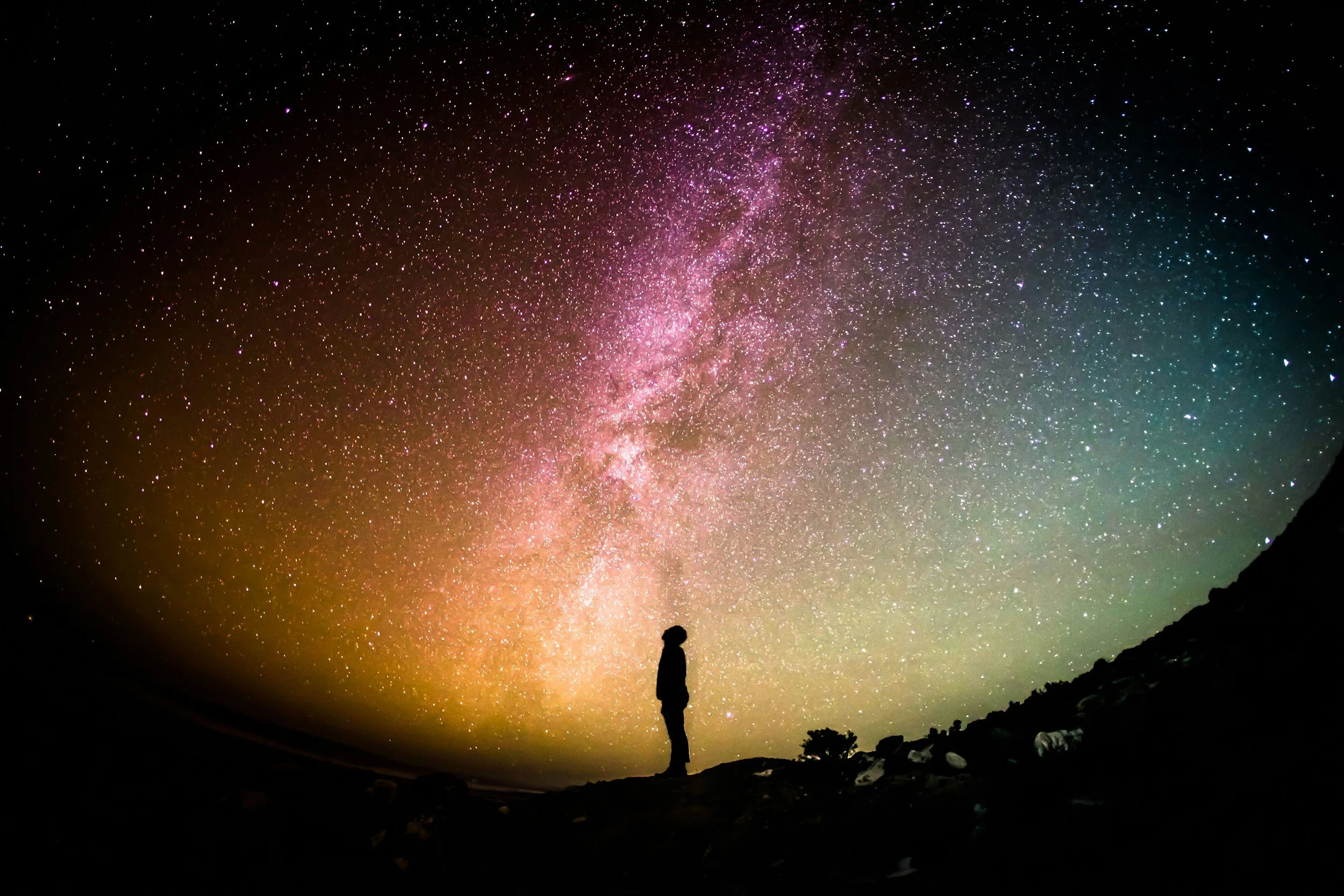So the time must come for the artist to decide fundamentally what he wants. He must decide what he really wants to do with his art - NOT what kind of art he wants to make, but what impact he hopes it will leave. Intentionally unintentional.
In other words, the things you create have an impact on people. Now, of course, we can not control how people will experience that art (we can not know what experiences they will bring to interpret it), but we can control what we are trying to say.
This is not pedantic or coerced art. This is not us telling inspiration what to do. This is very, very high level work. It require some years of doing to survey others: how does this music effect you? What does it do for you? Why do you listen?
Connecting their experience with our desire is probably the goal here, but we design the experience. There is no doubt about it. That is our job. We make the calls. We deliberate over the colors and chords and words before they see them.
We do not ask their advice. We create. We can seek input, but we discern. We are responsible to the muse. We must take ownership of the piece, no matter how collaboratively it was created. For the movie director that is very collaborative.
Still, there is only one listed as The Director. Someone has to be the leader. Someone has to make the final calls. Someone has to take responsibility. Not just for commercial success, but for emotional impact. Where will this experience lead people?
It is an offering though. Remember, our artistic creations are offerings, ultimately to the Muse who inspired them. They are meant to be received there first. After that, we can not really know how a piece will connect with people. It is not for us to know.
And the reality is art is ridiculous. But that is what makes it powerful! Art is frivolous, impractical, nonsensical. At best it entertains. At worse it completely distracts. Still without it as Dostoevsky once said, we are left only with reality and political solutions.
Without art there is no imagination. The world becomes a very dark place. Chapter 7 of Notes from the Underground contain his “the most advantageous advantage” philosophy, noting the power of a man who acts out of his own volition.
Men who act from the inside out have a rare freedom. It is not independence as we think of it today. That mostly means detachment, aloofment, today’s “rationality.” What he is talking about is truly being free from cause and effect thinking.
Doing something to do it. That may be a guttural definition of art. Why a man does it, other than some internal drive to create, is a mystery, even to him. That’s the beauty, that’s the war cry of art. I seek to please no one here but the non-rational drive in me!
That is about the point the artist really starts to make art. The critic becomes a figment. Hipster celebrity and taste-making become a sideshow. The real stage is this live birth of something un-contained, something direct from the gods themselves.
As artist we are the mother, not the father. We are the carrier, but the Seed has divine origin. We become like Mary, overwhelmed by the Spirit and suddenly into an adventure unlike any other. The artist echoes, “Let it be.”
Of course, as "mother" we birth the baby. We have the labor pains. We are inconvenienced by discomfort. Like a mother we also prepare knowing that from the day that baby is born the goal will be someday to let it go, to send it off.
We are plagued by the inevitable tension of loving something so much that we can not keep to ourselves. It is completely ours for a while. It is completely dependent upon us for many years. But someday it will get a life of its own and do what it will.
In those days, we can not control it. Once out into the real world it creates its own life. We direct it. And, of course, for many years we speak directly into it, influencing its outcomes. But the point is that it becomes its own independent life.
That is both comforting and terrifying for most artists. “That piece is part of my soul, now the world will see my barred secrets and judge me.” Yes, like a parent, it is true. We will be judged by our kids. But also like a parent of an adult, we won’t.
